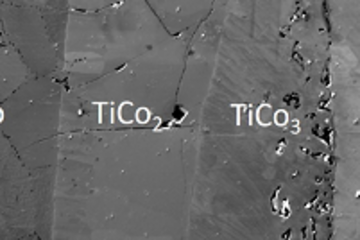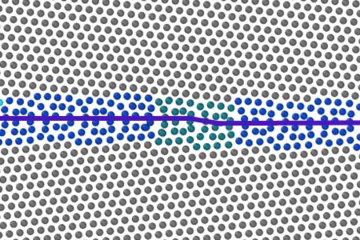All genres
21.
Talk
Observation of dislocation structure evolution under low cyclic fatigue in TWIP and TRIP steel. TMS 2017 Annual Meeting & Exhibition, San Diego, CA, USA (2017)
22.
Talk
From micromechanics to component scale behavior. DGM AK Mikrostrukturmechanik, Aachen, Germany (2016)
23.
Talk
Von der Mikromechanik zum Bauteilverhalten. Trend-Workshop Dualphasenstahl, Bochum, Germany (2016)
24.
Talk
Crystal Plasticity Simulations on Real Data: Towards Highly Resolved 3D Microstructures. 26th International Workshop on Computational Mechanics of Materials - IWCMM 26, Tomsk, Russia (2016)
25.
Talk
Correlation between the 5-parametric GBCD and the corrosion resistance of a 304 stainless steel by 3D-EBSD. RMS-EBSD Meeting 2016, Manchester, UK (2016)
26.
Thesis - PhD
A study on low-cycle fatigue behaviour of high-manganese steels. Dissertation, RWTH Aachen University (2019)











